Stitch Directory
Welcome to TOFT's stitch directory.
On this page you can find a guide to some of our most commonly used crochet and knit stitches, as well as a guide to our yarn weights.
If you are struggling with a technique, please get in touch with our Customer Care team at [email protected].
Our abbreviations page can be found here.
If you are looking for technical and sewing up help for Edward's Menagerie please download the PDF guide here.
Note: This page uses UK crochet terms. For UK to USA conversion chart, see our Abbreviations page.
Yarn Guide
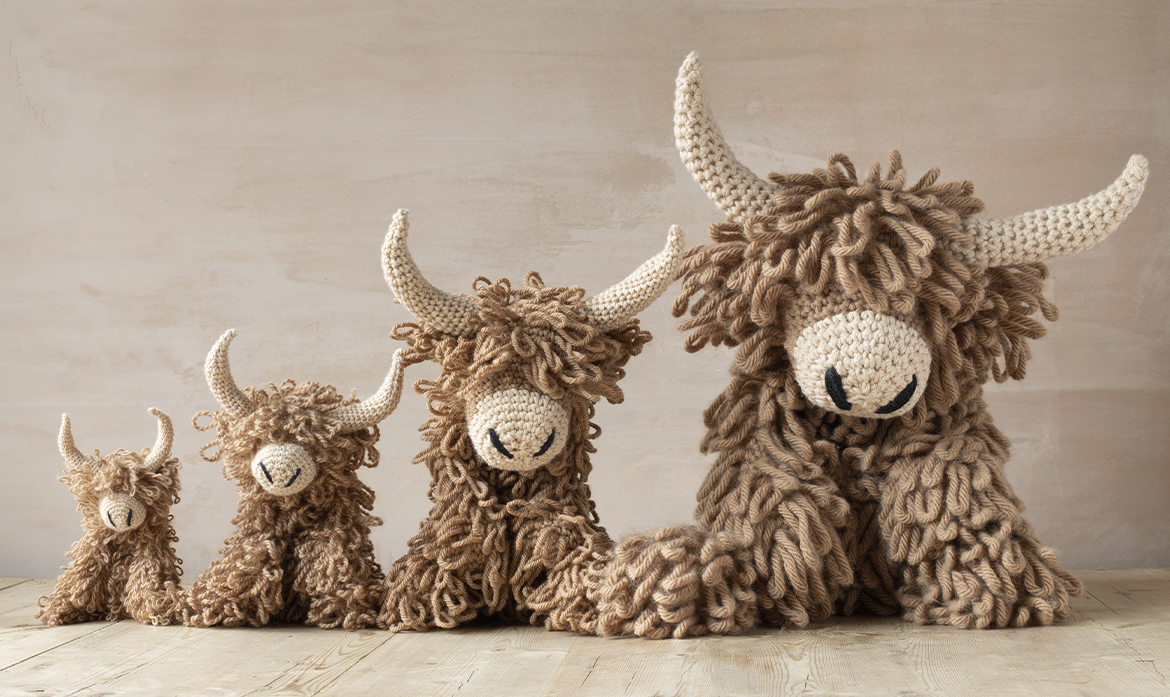 From left to right: FINE, DK, ARAN, CHUNKY
From left to right: FINE, DK, ARAN, CHUNKY
You will not find a recommended needle size on the labels of TOFT yarn. Rather than an oversight, this is a deliberate decision as there is no hard and fast rule about the size of knitting needle or crochet hook you should use with any particular yarn. The desired look, feel and drape of the design will dictate the size of needle or hook that is used, and thus TOFT patterns are all written on different tensions using the same yarns. You can find the recommended tension in the 'Before you begin...' section of the PDF pattern.
We would recommend that you swatch your tension before beginning your project and that you adjust your needle/hook size if required.
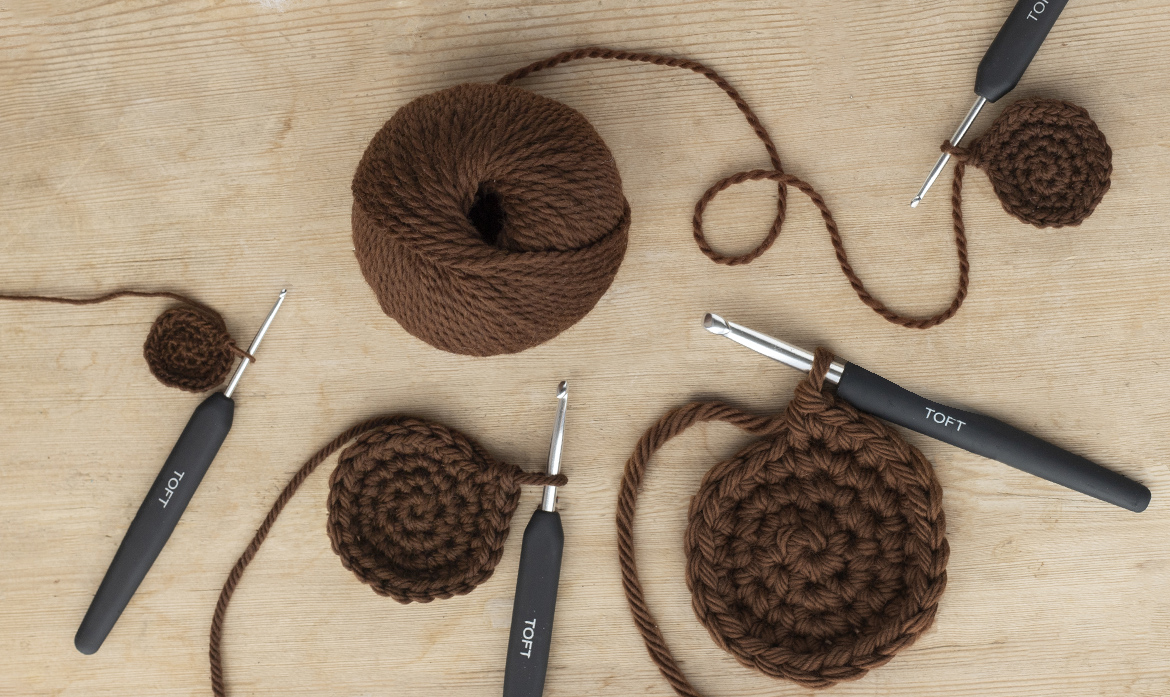
TOFT Yarn Weights
|
|
TOFT Fine yarn
Meterage: 225 metres/50g ball
Tension: 22 stitches and 30 rows to 10cm on 4mm needles.
|
TOFT DK yarn
Meterage: 55 metres/25g ball
Tension: 22 stitches and 30 rows to 10cm on 4mm needles. |
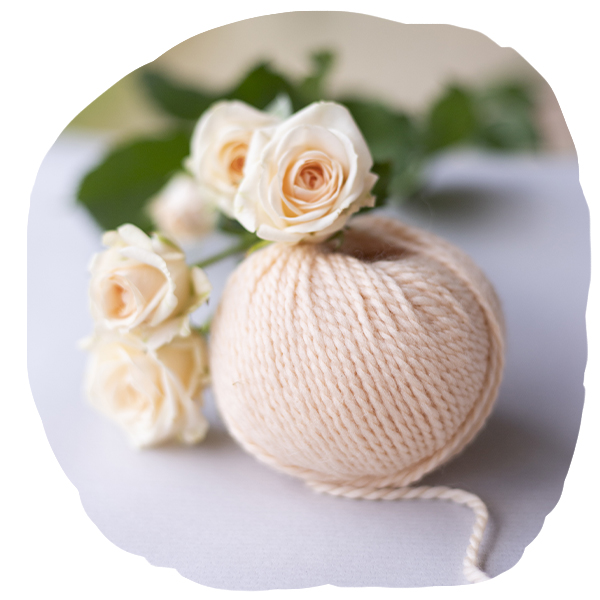
|
|
|
TOFT Aran yarn
Meterage: 110 metres/100g ball
Tension: 15 stitches and 20 rows to 10cm on 6mm needles.
|
TOFT Chunky yarn
Meterage: 60 metres/120g ball
Tension: 12 stitches and 16 rows to 10cm on 8mm needles. |
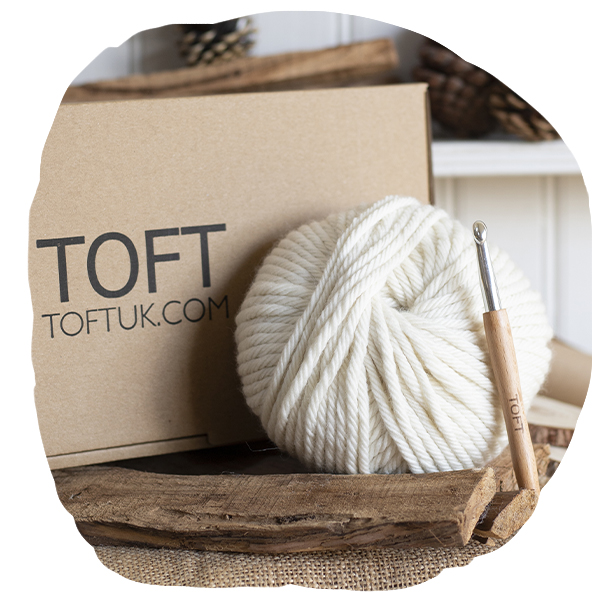
|
Knitting with our yarn
Creativity knows no limits. If you have plenty of time, skill or enthusiasm (or all of the above) - lace garments, babywear and shawls make for lovely projects and really suit the nature of the yarn. We have seen some amazing knitwear produced by knitters who have used it in ways that we don't. We have seen stunning and intricate traditional Aran weight sweaters - astonishing pieces of work in a yarn worthy of the hours of time put into the piece.
TOFT specialises in designing knitting patterns and knitting kits for beginner knitters. We produce lots of easy Chunky and Aran knitting patterns, aimed at teaching beginners to knit and complemented by our knitting videos. Knitting is a timeles skill, and back in fashion. Our Chunky knitting patterns mean you can achieve catwalk looks, and only have to spend a couple of evenings on the sofa!
We have tried to cover the basics of knitting in our knitting help videos, which accompany the basics as well as some more unusual stitches used in our patterns.
We have held an annual Knit Along on Instagram since 2021 with a select make from our TOFT Quarterly Magazine - if you wish to join, keep an eye out in the magazine and our social media.
Crochet
Crocheting with TOFT wool yarn yields great results whether you are using DK, Fine, Aran or Chunky. You can create delicate items with intricate stitches using our Fine yarn, but likewise using Chunky yarn with a large hook will create sculptural pieces with just a double crochet stitch. Beginners learning to crochet might like to use a 3mm hook and DK yarn for starter projects. Introduction to crochet videos are available on our website for free. Why not join us at one of our Worshop events?
Tension
We recommend that you always check your tension before you begin a project as you are using a natural material and it will not always respond in an uniform manner the same way as mass produced and computer-spun acrylic. TOFT patterns all state the tension that project is worked to in their PDF printable.
To ensure professional results with your knitting or crochet, please check the 'Before you begin...' section before casting on.
You will find that each project and weight of TOFT yarn have a ‘recommended needle size’. This is not a hard and fast rule as different projects demand a different handle and feel to the finished fabric. Please follow the needle/hook size written on the pattern for optimal results.
Washing
When knitting with a natural fibre it is important to handwash your knitting and crocheting after you have finished. We would recommend using a delicate/natural detergent. You can buy Soak Detergent from our website. Alternatively, you can use something as easy to get hold of as Woolite or Ecover Delicate (which can be bought at all supermarkets) will work just fine. To wash your project, fill your sink with tepid water and allow your item to soak for 10-15 mins. After you have rinsed you can gently spin the item in the washing machine to remove excess water. Dry your knitted items flat to avoid any misshaping. We would also recommend allowing your items to dry slowly – don't attempt to speed dry on top of a radiator, AGA or boiler as it can cause the yarn to felt. To help stretch and shape items, you can use our Blocking pins.
Stitch Guide
Crochet
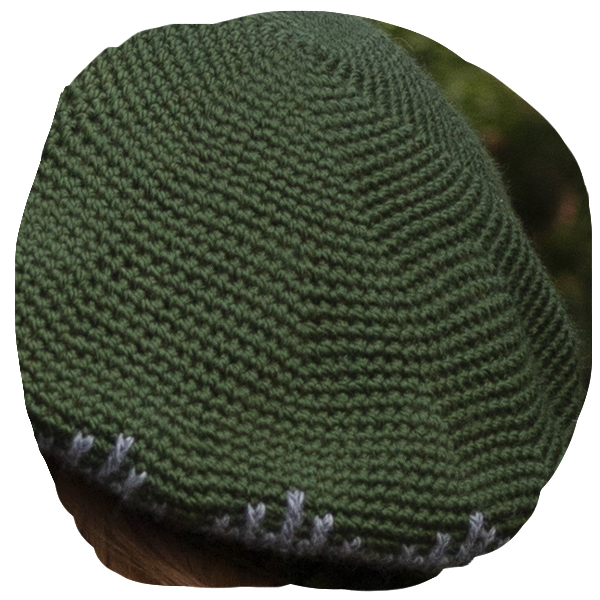
|
Double Crochet (dc)
The basic crochet stitch. From it - every other crochet stitch grows into a treble, half treble, and so on. It looks great used alone for beginner crochet projects.
All of TOFT's yarns are great for crocheting - you could scale up your favourite animal, flower or vegetable by using the same pattern with Aran or Chunky.
Beyond Edward's Menagerie and Alexandra's Garden, this stitch is found in crochet garments, hats and accessories as well - such as the Burnham Beret (TOFT Quarterly, Winter 2021)
Want to learn to crochet? Why not watch our videos or come on one of our workshops?
|
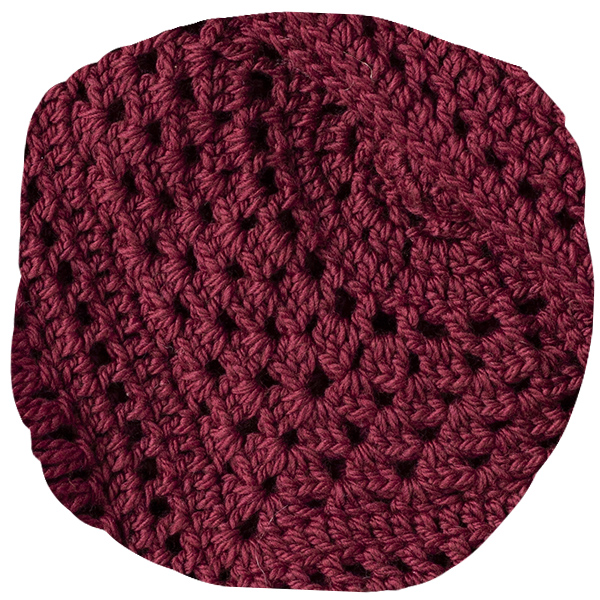
|
Treble Crochet (tr)
This tall crochet stitch is integral to most granny squars. Often used alongside half treble or double treble crochet, it makes for a less dense texture than Double Crochet, and allows for more intricate designs.
Also present in many Alexandra's Garden plant designs, the Treble crochet stitch creates more detailed foliage and complex structure.
Practice makes perfect, so why not try out our Polperro Blanket?
|
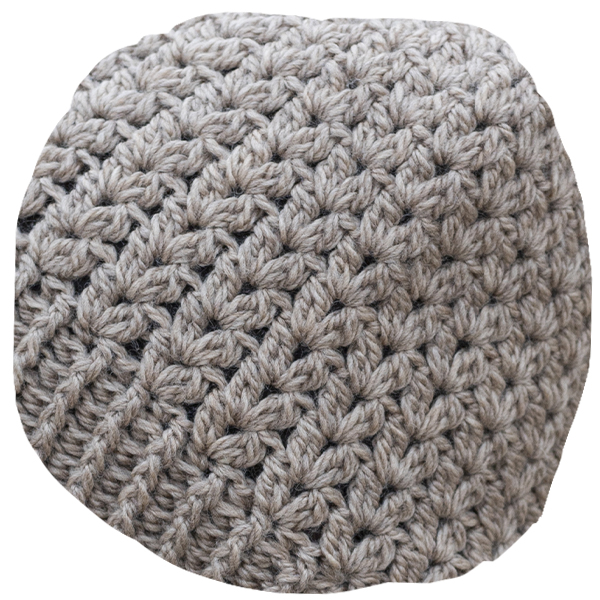
|
Twin Treble Crochet (twtr)
This twist on the classic treble stitch makes for a beautiful and complex-looking crochet texture. Best worked in the round, the twin treble crochet is the foundation of our Barnacle hat (TOFT Quarterly, Spring 2022).
|
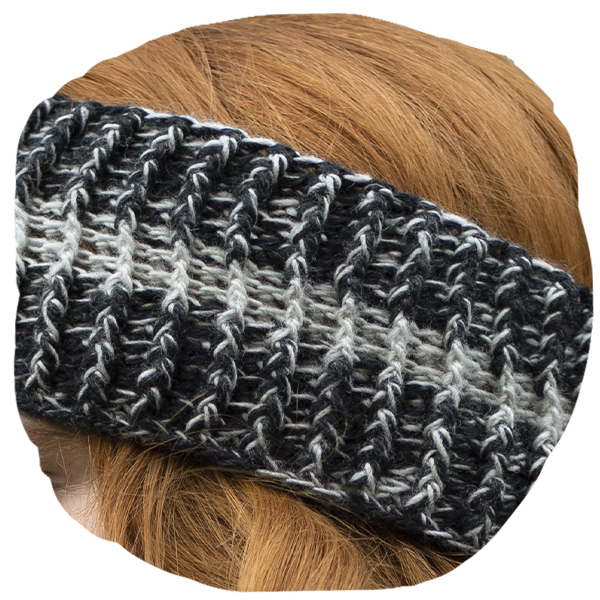
|
Front Post/Back Post Treble crochet (FPtr/BPtr)
Front post/Back post treble crochet is a technique typically used for ribbing on crochet garments. However, it can be used as a main feature as well, creating a highly textured fabric. Use shorter (half treble crochet) or longer (double treble crochet, triple treble crochet) stitches in your Front Post/Back Post sequence for different density and height.
Take a look at our Thetford Headband (TOFT Quarterly, Winter 2021) as a quick beginner-friendly practice project.
|
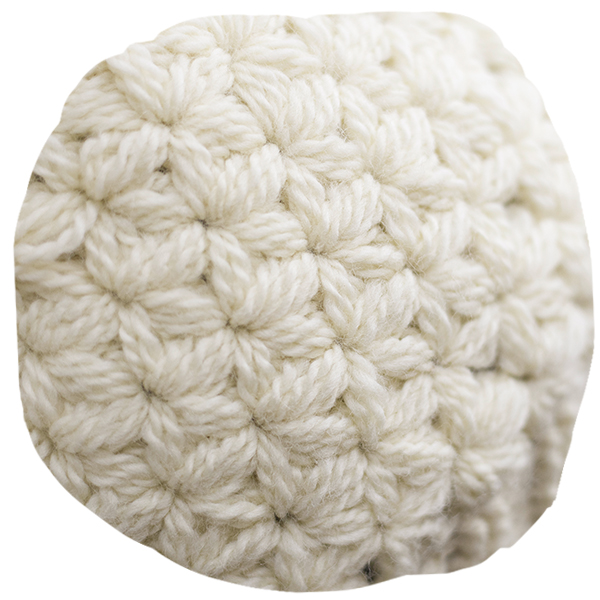
|
Puff Stitch (PS)
This stitch is worked by yarning over, going into the same stitch and pulling through a specified number of times to create a bubble-like element to the texture. The puff stitch is the base for the Jasmine stitch (pictured), and is also often used in combination with other stitches to create contrast of depth within the fabric.
Watch our video to learn how to make the Blossom Beanie.
|
Tunisian Crochet
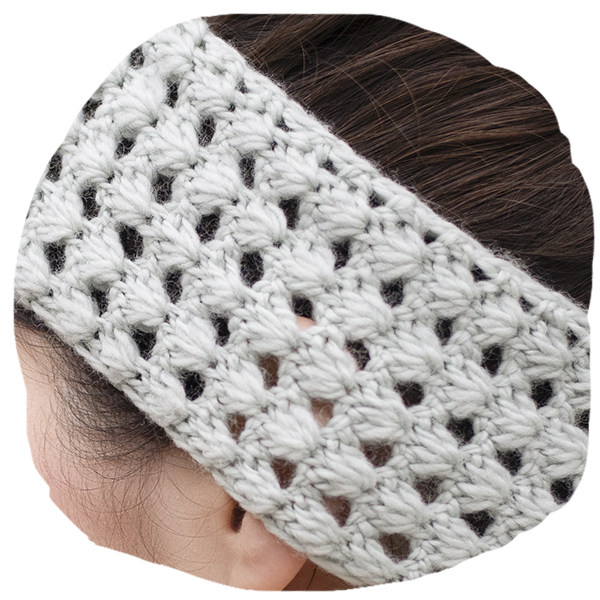
|
Tunisian Crochet Stitch
Tunisian crochet is a technique using a crochet hook with a cable attached to its end to hold and work multiple live stitches in a way similar to knitting. It results in a thicker fabric, and opens a door to a range of complex and elaborate textures.
Watch our video on the basic Tunisian crochet stitch.
Learn the technique with an easy and quick project, such as the Trellis Headband
|
Knitting
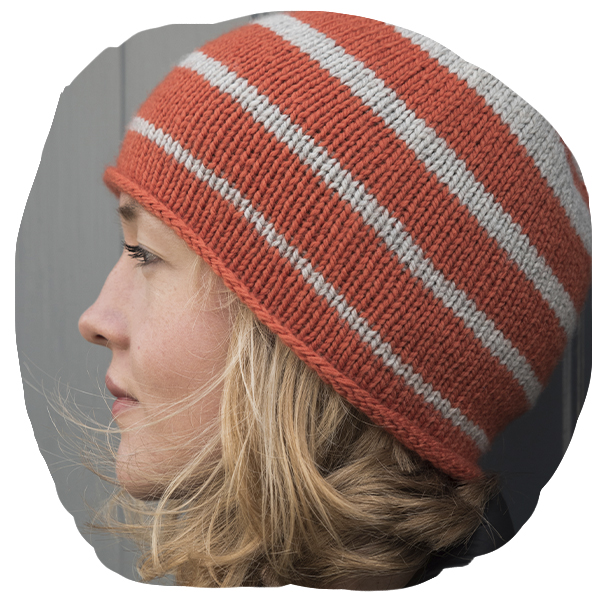
|
Stocking Stitch (st st)
It’s one of the two basic stitch patterns using both the knit stitch and the purl stitch to create two different sides of knitting. It is the most commonly used knitting stitch and once you’ve mastered these two stitches you can do anything, because all knitting is made up of variations of knit and purl stitches. Our Beginner Knitting Videos can show you how to knit this stitch.
To knit stocking stitch in the round you simply knit every stitch in every round. An example of stocking stitch knitted in the round is the Speckled Beanie.
|
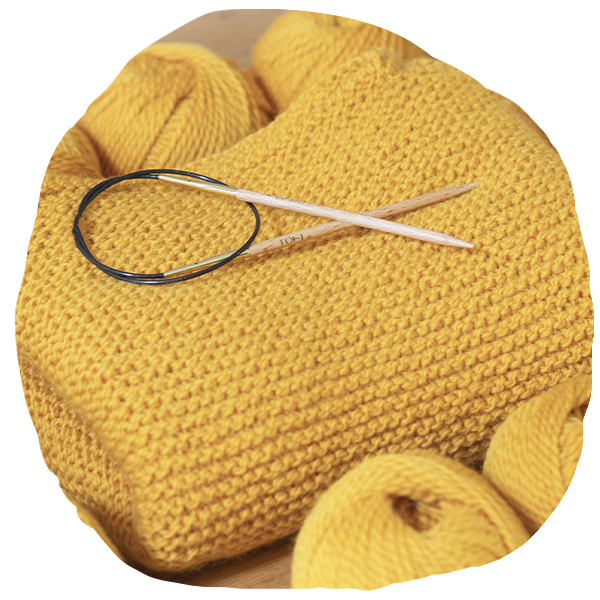
|
Garter Stitch
Even easier than stocking stitch, garter stitch is just knitting, every stitch, every row. Garter stitch creates a piece of knitting that will lie flat and look the same on both sides so it’s a great first project stitch when you are learning to knit.
To knit garter stitch in the round you must knit and row and then purl a row.
Our Mae Jumper is an easy knitting pattern in chunky garter stitch.
|
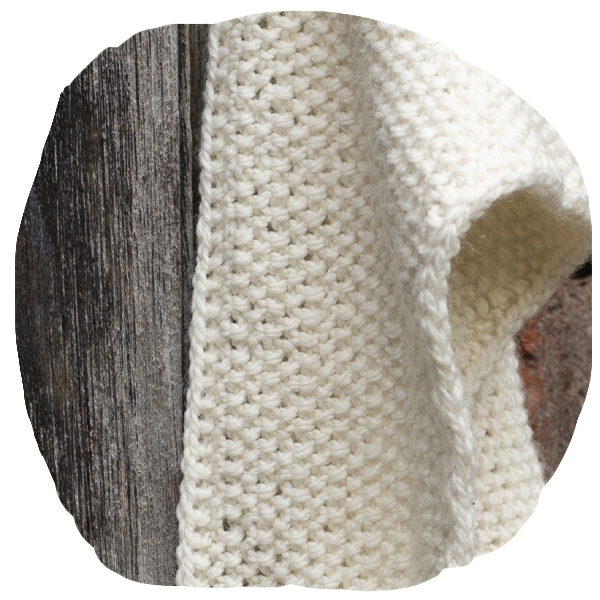
|
Moss Stitch
This stitch uses both stocking stitch and garter stitch one after the other, in stitches rather than rows, knitting on purls and purling on knits to create this beautiful textural stitch. American patterns often call this seed stitch. Once you’ve learnt enough about knitting to recognise a knit stitch from a purl stitch moss stitch is a great next step.
Why not practice with our Mossy Neckerchief (TOFT Quarterly, Autumn 2023)?
|
|

|
Cables
Cable knitting can be as easy or complex and intricate as you want to make it.
Patterns such as our Carolling Hat make a perfect cable knitting project. The one way twist cable pattern is simple and yet looks professional and unique, especially when knitted in luxury knitting yarns such as our DK. When cabling you are in effect twisting the stitches and knitting them in the wrong order and to do this you will almost always need to use a cable needle held to the front or the back (although a pencil or large hair pin can be a good substitute!).
|
|